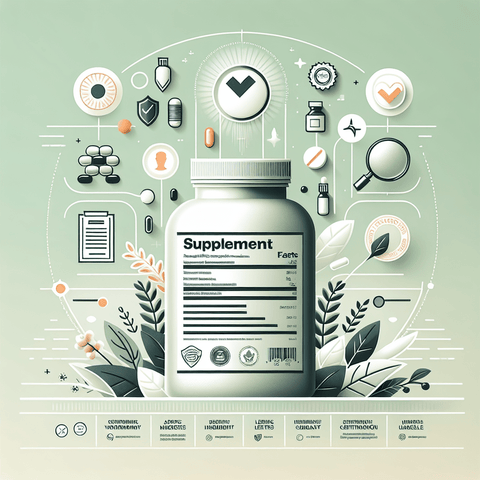Master how to read supplement labels like a pro by focusing on the details that appear on supplement labels rather than glossy marketing. They provide more than product promises; they summarize serving size, ingredient lists, and safety notes. The core is the “Supplement Facts” panel, which shows the active ingredients, the amount per serving, and the percent daily value where applicable. You’ll also see sections labeled “Other ingredients” or “Inactive ingredients,” allergen statements, and contact information for the manufacturer. Being able to extract this information helps you compare products and spot potential concerns before you buy. Decoding dosages and ingredients starts with the serving size and the “amount per serving” line on supplement labels. The “percent daily value” indicates how much of a daily reference amount the label assigns for each ingredient, though this value can vary by regulatory context and may not exist for all components. When a label includes a “proprietary blend,” the total amount of the blend is listed, but the amounts of individual ingredients inside the blend are not disclosed. Look at how ingredients are listed; the order can hint at relative amounts, though this is not a guarantee. Also compare the form of each ingredient (for example, a mineral listed as citrate versus oxide) and review the “Other ingredients” for fillers, binders, or coatings that accompany the active components. Don’t forget to check allergen statements and storage or usage directions that appear nearby on the supplement labels. Lastly, apply safety-focused checks on supplement labels. Look for third-party testing logos or certifications, which indicate independent verification of product aspects but do not guarantee safety or efficacy. Check for clear allergen declarations and ensure the product has an expiration date and a batch or lot number for traceability. Be mindful of statements that seem vague or overly broad, and verify claims with the manufacturer if needed. If you have allergies, take medications, or have any health conditions, consult a healthcare professional before introducing a new product, and follow the label’s directions for use and storage.




